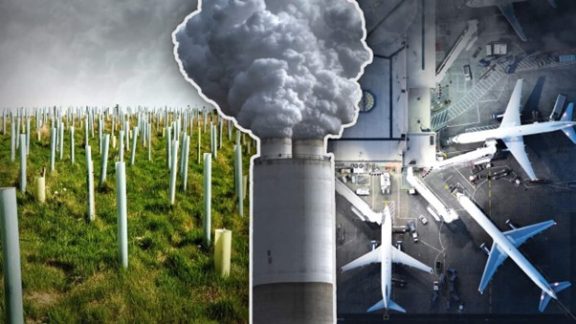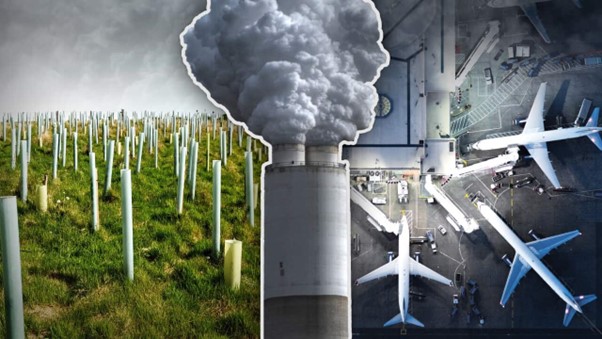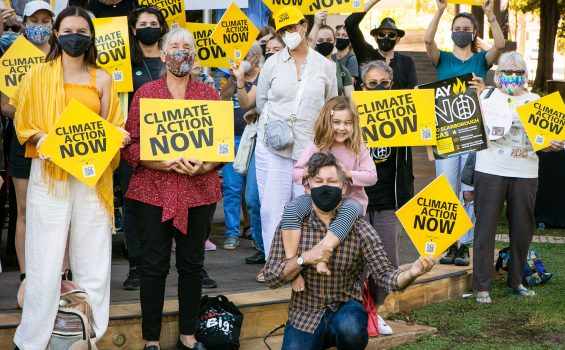
Offsetting Greenhouse Gas Emissions
6 February 2024

| Greenhouse gas offsetting refers to an action that compensates for the human-induced emission of carbon dioxide or other greenhouse gases to the atmosphere. The most obvious example is the planting of trees, or other forms of revegetation, which absorb atmospheric carbon dioxide through photosynthesis. Other more dubious examples include desisting from previously intended tree felling or other vegetation removal, installing renewable energy, increasing energy efficiency and sequestering carbon in the soil. |
|
In Australia, greenhouse gas offsets are quantified by means of Australian Carbon Credit Units (ACCUs). Each ACCU issued represents one tonne of carbon dioxide equivalent (tCO2-e) stored or avoided by a project. Operation of the ACCU scheme has been strongly criticized1, which prompted a Government Review2 that defended the scheme, but with some improvements suggested. However, many obvious flaws remain in the existing scheme and its intended future use in the Government’s revised Safeguard Mechanism3. The most dubious means of claiming offsets are by promising not to remove vegetation that was otherwise not intended, allowing revegetation that would have occurred anyway, installing renewable energy (replacement not offsetting) and increasing energy efficiency (reducing energy demand not offsetting it). The most common form of offsetting is by planting trees so as to capture the carbon dioxide equivalent intended to compensate the emissions. The main problem here is that the emissions to be offset have already been released or soon will be whereas it would take a forest 20 or 30 years to capture the designated amount. That is, balancing the certainty of emissions release in the short term against a promise they will be captured in the long term. With climate change already underway, with changing temperature and rainfall regimes, it is increasingly difficult to predict the growth trajectory of a forest. Further, forests become susceptible to unpredictable pest and disease attacks and wildfires. Thus there is increasing uncertainty that tree planting, or revegetation will ultimately sequester the designated quantity of emissions to be offset. Another putative form of offsetting is through increasing soil organic carbon, through return of crop residues, cover cropping, minimal tillage, etc. The problem here is that spatial distribution of soil carbon (organic matter) is highly variable and thus difficult to quantify and it is ephemeral depending on soil microbial activity. |
| To date, use of greenhouse gas offsets has provided an excuse for continued emissions. Efforts should instead be focussed on direct reduction of those emissions, for which economically viable technological options are available. Offsets should only be considered for industries where emissions reduction remains difficult (e.g. cement, steel) and where the emissions to be offset can be reliably drawn down within a decade and held for the long term. |
|
Sources 2. https://www.dcceew.gov.au/climate-change/emissions-reduction/independent-review-accus |


Discussion